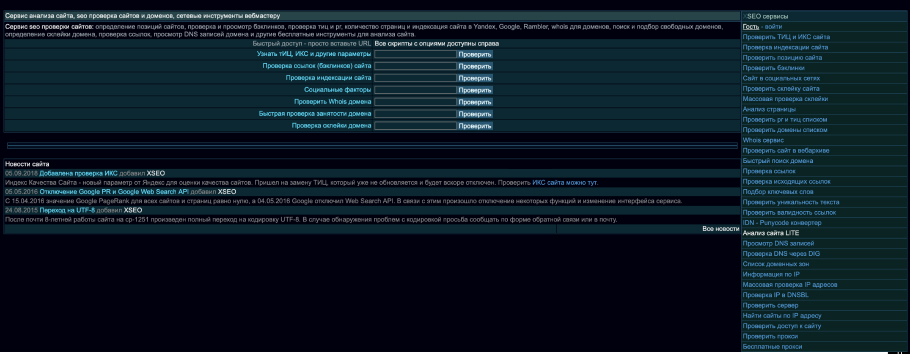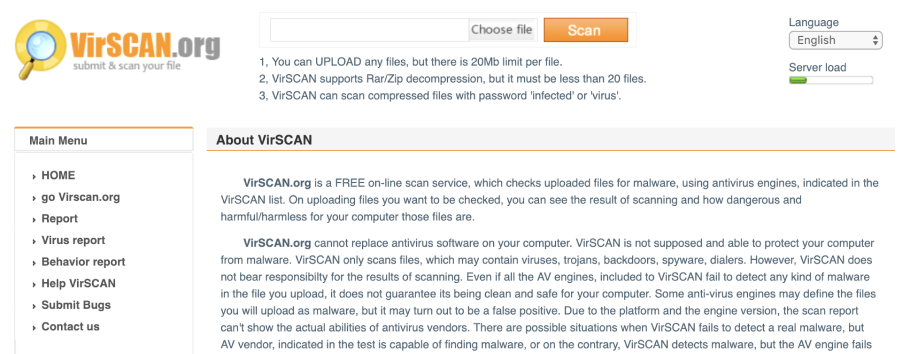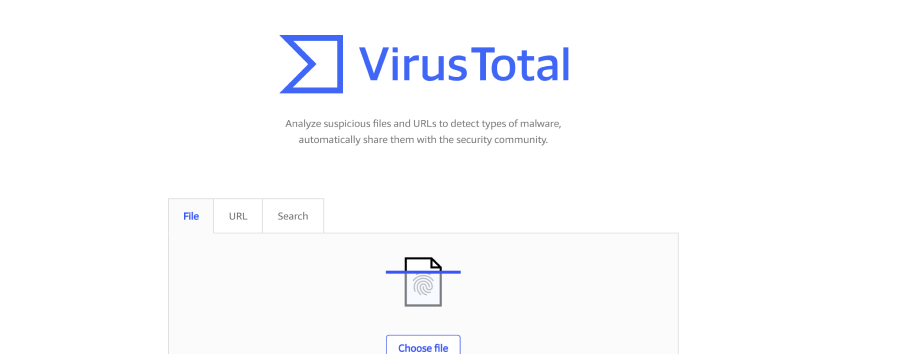How to Identify Malicious Links?
However, dangerous links can be found not only in an e-mail. There are a lot of links on the pages of other various websites and news feeds on social networks. Thanks to these dangerous links and the users’ naivety, hackers can quickly get access to any confidential information (logins, passwords and other data). Therefore, in order to fully protect yourself against possible threats, we will teach you how to identify malicious links using special web services. These are very useful tools to help you protect your computer from viruses and hacks.
Link and file scanning services
Antivirus McAfee VirusScan, created by American developers is one of the most common means of quick identification and elimination of virus threats. To check links for viruses, you must first visit their website xseo.in/viruscan. Then in the “Page URL” field enter the URL link you want to check. After that click “Check Site”. And in a few seconds, you will receive the result of the scan. However, always pay attention to the “Website trust”. Good websites usually get 90% of trust, while dangerous sites cannot reach even 10%.
Website: xseo.in/viruscan

VirSCAN
VirSCAN is a free online service that helps to check suspicious files using several anti-virus technologies. As it is an online scanner, all files are checked in the browser. The service can check up to 20 files, and the size of the file should not exceed 20 MB. Once logged in, select the “Select File” function and then choose a necessary file in the pop-up window. After clicking on the “Scan” button, the actual virus scanning will begin. The verification process may take some time, but later you will get the desired scan results.
Website: virscan.org

And the well-known VirusTotal program, which was acquired by Google Inc. in September 2012, completes the list. This is one of the most powerful online file checking services. The online scanner uses 44 different antiviruses to identify suspicious files and links. After downloading the desired file, the service analyzes the code of the file for dangerous programs and hidden viruses. And in the end, it gives you the results of the file analysis by all anti-virus products. Since VirusTotal constantly automatically updates its anti-virus databases, it allows identifying the latest viruses hidden in files and links, which is another big advantage of this web server.
Website: virustotal.com

Therefore, if you get strange and suspicious links, do not rush to open them. Just add the above mentioned services to your bookmarks, so that if you have any doubts about a particular site, you could dispel them by effective diagnostics. Using these services (for free!), you primarily take care about your own information security. So, always be attentive to what is offered to you!

